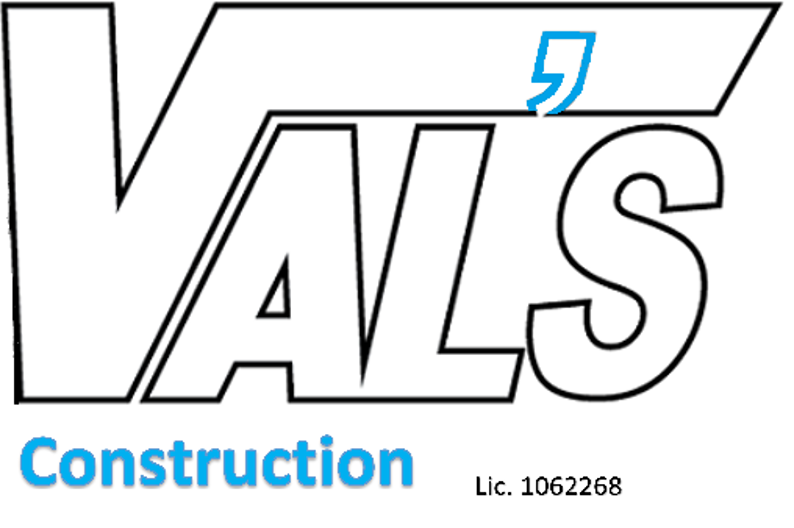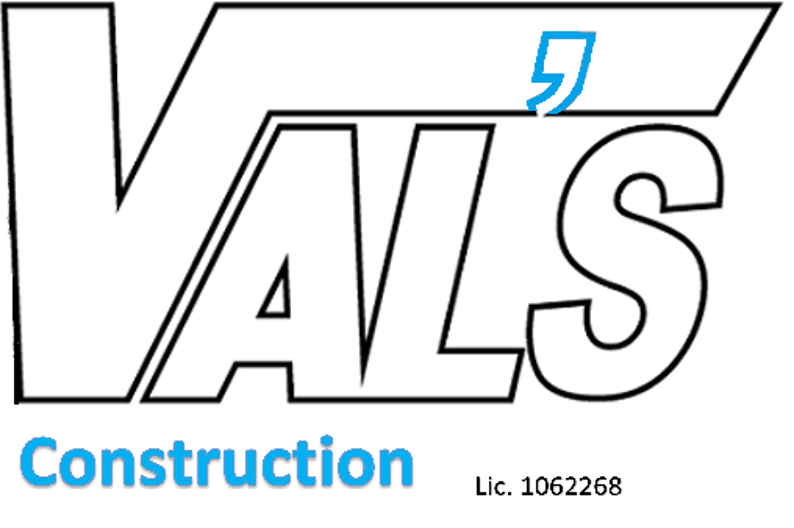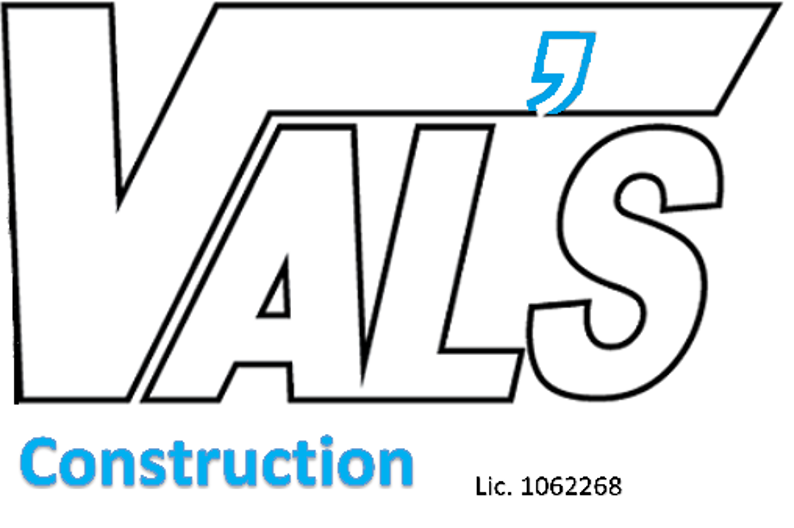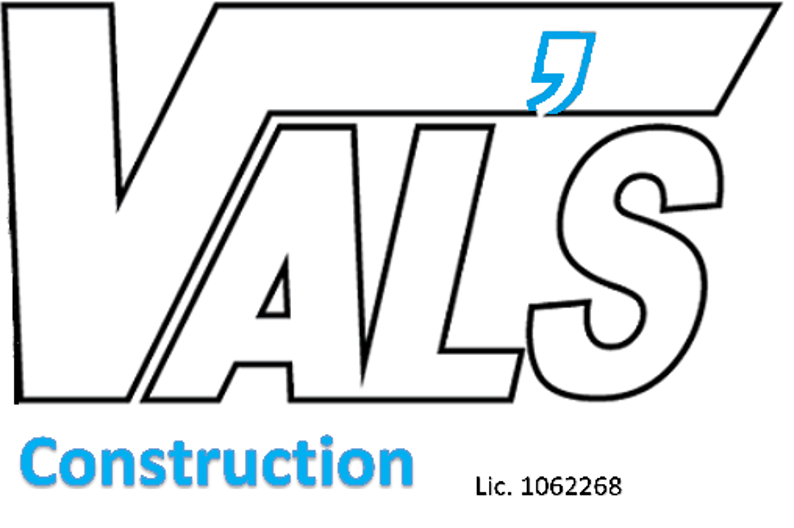Title Page
-
Site Address:
-
Licensed Contractor and Address:
-
Auditor:
-
Report Reviewed By:
-
Report Revision Number
-
Audit Start Time:
-
Audit Finish Time:
-
Report Issue Date:
1.0 Preliminaries
-
1.1 - Supervisors Details
-
1.2 - No. of operatives on site
-
1.3 - Scope of work
2.0 Welfare
-
2.1 - Do site personnel have access to toilet facilities on site?
-
2.2 - Is hot & cold running water available on site?
-
2.3 - Are soap or washing agents available?
-
2.4 - Is a means of drying hands available?
-
2.5 - Is a rest area (seating) available on site?
-
2.6 - Is there a means of heating food or drinks?
-
2.7 - Where is the first aid box located?
-
2.8 - Is there a trained first aider on site?
-
2.9 - Are any fire extinguishers available on site and are they the correct type?
-
2.10 - Where is the muster point, is signage in place, is it on the site plan?
-
2.0 Site Documentation
3.0 Site Documentation
-
3.1 - Is a copy of the contractors HSE Licence available?
-
3.2 - Is a copy of the ASB5 available?
-
3.3 - Is a copy of the contractors Public Liability Insurance Certificate available?
-
3.4 - Is a copy of the contractors H&S policy/ Manual available?
-
3.5 - Is a copy of the contractors Plan of Work available?
-
3.6 - Is the correct Supervisor named on the ASB5? (give details)
-
3.7 - Do the hours of work and dates match the ASB5?
-
3.8 - Has POW been signed by all persons on site?
-
3.9 – Does site set up match the sketch plan in the POW?
-
3.10 - Is the Scope of Work clearly defined?
-
3.11 - Are the air management calculations correct?
-
3.12 - Have any amendments been made to the POW and recorded?
-
-
3.13 - Are risk assessments available and site specific?
-
3.14 - Are COSHH assessments available and site specific?
-
3.15 - Is the site log/diary up to date? (Time of last entry)
-
3.16 - Have daily mask checks been completed and recorded?
-
3.17 - Has the daily DCU inspection been completed and recorded?
-
3.18 - Has the enclosure inspection been completed and recorded?
-
3.19 - Is the enclosure smoke test record available?
-
4.0 Plant / Certification
4.0 Plant / Certification
-
4.1- Are an adequate number of H vacs on site?
-
4.2 –Are test certificates, held on site, valid and relevant to equipment on site?
-
4.3 – Is the equipment on site in good condition/ well maintained?
-
4.4 - Does the equipment have in date PAT stickers applied?
5.0 Enclosure / airlock / Baglock
-
5.1 - Is the enclosure adequately supported?
-
5.2 – Is the enclosure in sound condition to prevent the spread of asbestos?
-
5.3 - Is the enclosure constructed with 1000 gauge polythene (fire retardant / standard)?
-
5.4 - Does each stage of the airlock system comply with current practice (2m³ per stage)?
-
5.5 - Do the airlock openings introduce trip hazards?
-
5.6 - Are all airlock flaps on the inside (enclosure side)?
-
5.7 - Do the flaps adequately cover the airlock opening?
-
5.8 - Are all flaps weighted?
-
5.9 – Does the vision panel meet the necessary criteria (min 600x300 on dirty stage of airlock)?
-
5.10 – Do vision panels or CCTV give full visibility inside the enclosure?
-
5.11 – Are a bucket and sponge (or similar) present for primary decontamination?
-
5.12 – Is a H vac available for vaccing off?
-
5.13 – Is there adequate signage in place on the enclosure?
-
5.14 - Are the works sufficiently segregated from others ( fencing, hoarding, barriers, tape)?
-
5.15 - Is adequate signage in place for transit / waste routes?
6.0 Air Management
-
6.1 – Is the extract equipment sited to give ideal air management?
-
6.2 – Is the extract equipment capable of giving the minimum of 8 air changes per hour?
-
6.3 – Is the extraction vented to the outside?
-
6.4 – Is the exhaust hose in good condition?
-
6.5 – Does the capacity of NPU(s) match the Plan of Work?
-
6.6 – Are NPU certificates valid and relevant to equipment on site?
7.0 Suppression / Removal Technique
-
7.1 – Is the dust suppression method as indicated within the POW?
-
7.2 – Is the dust suppression technique suitable for the type of material?
-
7.3 – Have exposure limits been determined and checked?
-
7.4 – Is the removal method as per the POW and is best practice being observed?
8.0 PPE / RPE
-
8.1 – Are the RPE and filters being used as per the POW?
-
8.2 – Are the colours of coveralls as per the POW?
-
8.3 – Is all other required PPE present (eye protection, hard hat, gloves) to mitigate hazards on site?
9.0 DCU
-
9.1 - Does the unit comply with the requirements of HSG247?
-
9.2 - Is the unit connected to work area (If no, was it possible to connect to the work area)?
-
9.3 - Is the transit route as short as possible and away from occupied areas?
-
9.4 - Is the unit connected and in good working order (water/ electrics/ drainage)?
-
9.5 - Is the unit connected to an RCD unit and earthed?
-
9.6 - Is the DCU NPU certificate available?
-
9.7 - Is the DCU boiler test certificate available?
-
9.8 - Is the DCU electrical test certificate available?
-
9.9 - Is the DCU air test certificate available? (Date of most recent test)
-
9.10 - Is there a carbon monoxide detector fitted?
-
9.11 – Are an adequate number of shower heads available for number of personnel on site? (1:4)
-
9.12 – Are a nailbrush and shower gel available?
-
9.13 – Is the unit clean as far as reasonably practicable?
-
9.14 – Is the waste water discharged to a foul drain?
-
9.15 – Is the filter on the waste water clean/ has it been changed recently?
10.0 waste
-
10.1 – Are UN approved packages being used?
-
10.2 – Is the waste route clear of waste and other debris?
-
10.3 – Is a baglock being used?
-
10.4 – Is a skip present (if so, is it locked and in good condition)?
-
10.5 – If waste is being transferred in the van is the bulkhead sealed?
11.0 Air Monitoring
-
11.1 – Are the details of analytical company stated within the POW?
-
11.2 – Background Testing
-
11.3 – Leak Testing
-
11.4 – Reassurance testing
-
11.5 – Personal Monitoring
-
11.6 – 4 Stage Clearance
12.0 Access Equipment
-
12.1 - What access method is being used?
-
12.2 - Is the access equipment in good condition?
-
12.3 - Does the access equipment have a unique identification number or reference?
-
12.4 - Has the access equipment been inspected and recorded?
-
12.5 - If mobile towers are being used, are the site personnel PASMA trained?
-
12.6 - If MEWPS are being used, are site personnel IPAF trained?
-
12.7 - If a fixed scaffold is being used, is a scaff tag or inspection record available, is the last inspection within 7 days?
13.0 Site Personnel
-
13.1 - Name
-
13.2 - Job Title
-
13.3 - Clean shaven
-
13.4 - Valid medical
-
13.5 - Valid face fit test - Half Mask
-
13.6 - Valid face fit test - Full Face Mask
-
13.7 - Service certificate for Full Face Mask available
-
13.7 - Valid training certification
14.0 Comments and Recommendations for Action to be Taken
-
Action Point / Observation
-
Action Point / Observation
-
Action Point / Observation
-
Action Point / Observation
-
Action Point / Observation
Audit Summary
-
undefined
Audit Sign Off
-
Supervisor name
-
Supervisor signature
-
Date
-
Auditor name
-
Auditor signature
-
Date













